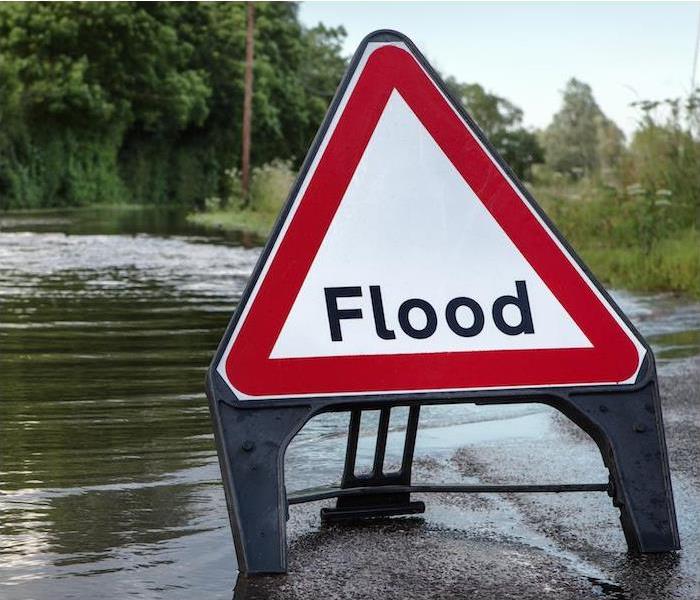The 4 Things That Often Cause Flooding | SERVPRO® of Cambridge/Belmont
4/5/2022 (Permalink)
 Regardless of the cause of the flooding, SERVPRO of Cambridge/Belmont has the team to help you recover from any disastrous event.
Regardless of the cause of the flooding, SERVPRO of Cambridge/Belmont has the team to help you recover from any disastrous event.
Natural disasters of any type can be devastating. Whether you are dealing with tornadoes, hurricanes, severe thunderstorms or something else, they can all be quite dangerous. However, most people are surprised to learn that flooding is the most common and the most deadly type of natural disaster within the United States.
There can be a lot of variation in the damage that flooding causes, but the types of flooding and the things that make it occur are often the same—and that is what we will be examining today.
Flash floods, as the name implies, occur rather rapidly. Typically caused by heavy rainfall, either from a large storm cell or a slow-moving one, flash floods occur when the ground is no longer able to absorb an adequate amount of water. Flash flooding can impact any area, and often the water will move swiftly enough to carry away objects such as dumpsters and cars in its path.
River floods happen when a riverbank cannot contain the water within the river—this is common after heavy rainfall or in the spring when snow begins to melt. River floods occur when the river overflows, flooding the surrounding area.
Coastal floods are similar in nature to river floods, but they occur in bodies of water along the coast. Typically due to hurricanes or other types of storm surges, coastal floods occur when water along the coast rises rapidly and overwhelms its borders.
Heavy rainfall. When storms dump a large amount of rain on an area, all types of flooding become likely. Flash floods are the most common type of flood, and they often occur in areas with large swaths of paved ground, such as cities and suburban areas. Heavy rainfall can also cause rivers or coastal waters to overfill.
Oceanic activity. The rise of ocean tides, due to rainfall, hurricanes or other storms, can lead to coastal flooding that impacts areas bordering the water.
Dams and levees failing. As seen in 2005 events surrounding Hurricane Katrina, the failure of a dam or levee is quite devastating. These structures are sometimes overwhelmed due to a high volume of water, and are thus prone to giving way and causing major destruction.
Snowmelts and ice dams. Throughout the winter, snow and ice can pile upon one another and lead to quite a bit of moisture buildup when warm weather finally comes along. This can lead to flooding on its own, but also cause ice jams, which can cause secondary flooding along riverbanks.
Regardless of the cause of the flooding, SERVPRO has the tools and teams to help your home or business recover from its disastrous effects. Contact us anytime when flooding or water damage makes a mess in your life.






 24/7 Emergency Service
24/7 Emergency Service